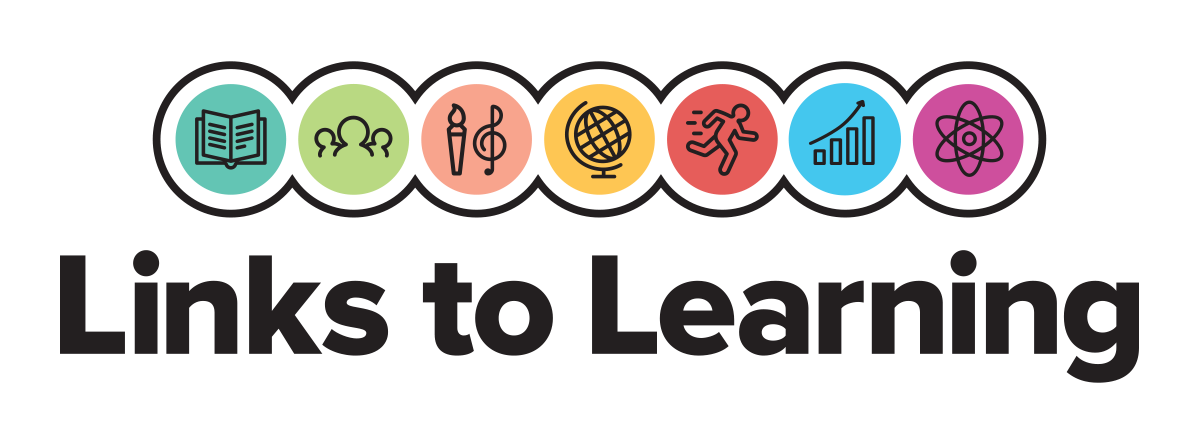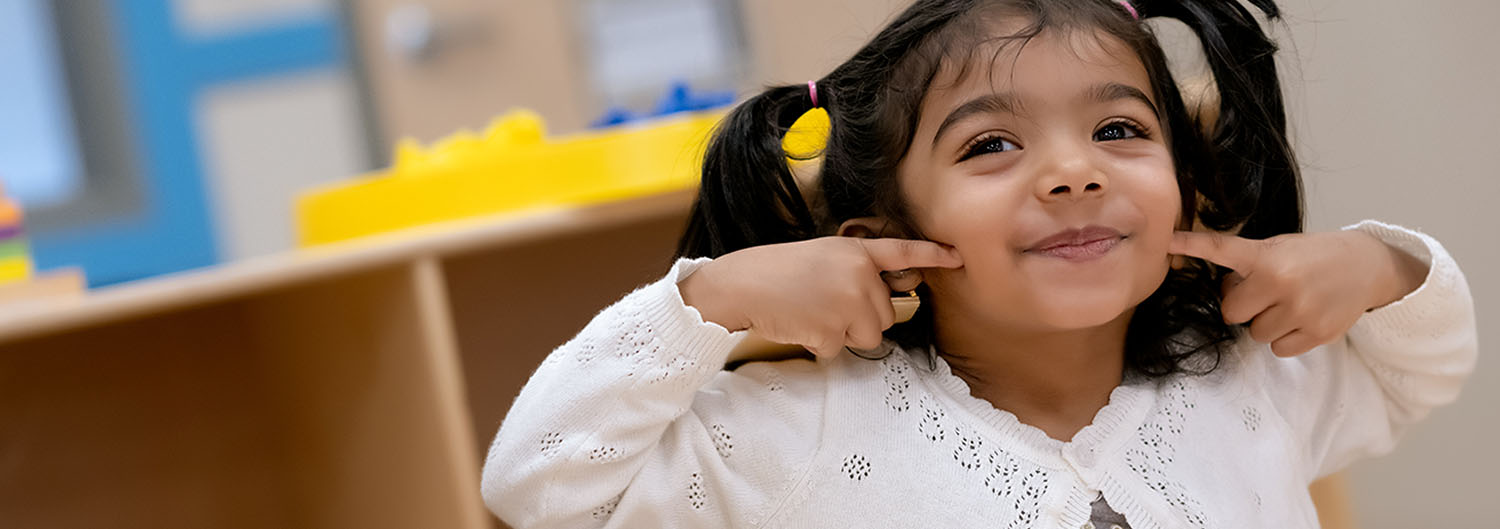- View All
- Topics
- Search
Topics
Blog Archive
-
2025 (6)
- March (3)
- February (1)
- January (2)
-
2024 (28)
- December (2)
- November (3)
- October (2)
- September (3)
- August (3)
- July (3)
- June (2)
- May (2)
- April (2)
- March (2)
- February (2)
- January (2)
-
2023 (15)
- December (2)
- November (2)
- October (2)
- September (1)
- August (1)
- July (1)
- June (1)
- May (1)
- April (1)
- March (1)
- February (1)
- January (1)
-
2022 (13)
- December (1)
- November (1)
- October (1)
- September (1)
- August (2)
- July (1)
- June (1)
- May (1)
- April (1)
- March (1)
- February (1)
- January (1)
-
2021 (16)
- December (1)
- November (1)
- October (1)
- September (2)
- August (1)
- July (1)
- June (1)
- May (2)
- April (1)
- March (2)
- February (2)
- January (1)
-
2020 (11)
- December (1)
- October (2)
- September (1)
- August (1)
- July (1)
- May (2)
- March (1)
- February (1)
- January (1)
-
2019 (12)
- December (1)
- November (1)
- October (1)
- September (1)
- August (1)
- July (1)
- May (2)
- April (1)
- March (1)
- February (1)
- January (1)
-
2018 (12)
- December (1)
- November (1)
- October (1)
- September (1)
- August (1)
- July (1)
- June (1)
- May (1)
- April (1)
- March (1)
- February (1)
- January (1)
-
2017 (12)
- December (1)
- November (1)
- October (1)
- September (1)
- August (1)
- July (1)
- June (1)
- May (1)
- April (1)
- March (1)
- February (1)
- January (1)
-
2016 (12)
- December (1)
- November (1)
- October (1)
- September (1)
- August (1)
- July (1)
- June (1)
- May (1)
- April (1)
- March (1)
- February (1)
- January (1)
-
2015 (12)
- December (1)
- November (1)
- October (1)
- September (1)
- August (1)
- July (1)
- June (1)
- May (1)
- April (1)
- March (1)
- February (1)
- January (1)
-
2014 (6)
- December (1)
- November (1)
- October (1)
- September (1)
- May (1)
- April (1)




5 Ways to Boost Your Toddler’s Language Development
There are many ways that you can work with your child to help build the vocabulary he needs to communicate with you. Below are a few activities that you can try at home.
1. Play telephone
Use a toy telephone and pretend to call your child. Ask him questions about his toys, the weather, or what your pet is doing. Say goodbye and hang up. Then say, “Who else can we call?” Your child may want to carry on a conversation with a family member or stuffed animal.
2. Sing “Old MacDonald”
Gather a group of toy animals and sing “Old MacDonald.” Hold up each animal as you say it’s name and sound. Encourage your child to sing along and say the names of the animals with you.
3. Use surprise words
Use surprise words like “oh” or “oops” with your child. Make sure he sees why you say the words. When you drop a toy or feeding utensil, use a surprise word as you pick it up. “Oops the toy dropped! I’ll have to pick it up.” See if he will imitate your action and use the new words.
4. Model bigger phrases
When your child begins to speak, repeat his words and add a word or two. Point to a toy car and ask your child what it is. When he responds “car,” say, “Yes, that is a bright red car.”
5. Describe family photos
Provide your child with some family photos. First, ask him questions that can be answered by pointing or gesturing, such as “Where is Mommy?” Then, ask short open-ended questions, such as “What is Mommy doing in this photo?” or “What do you see?” Guide responses if needed.